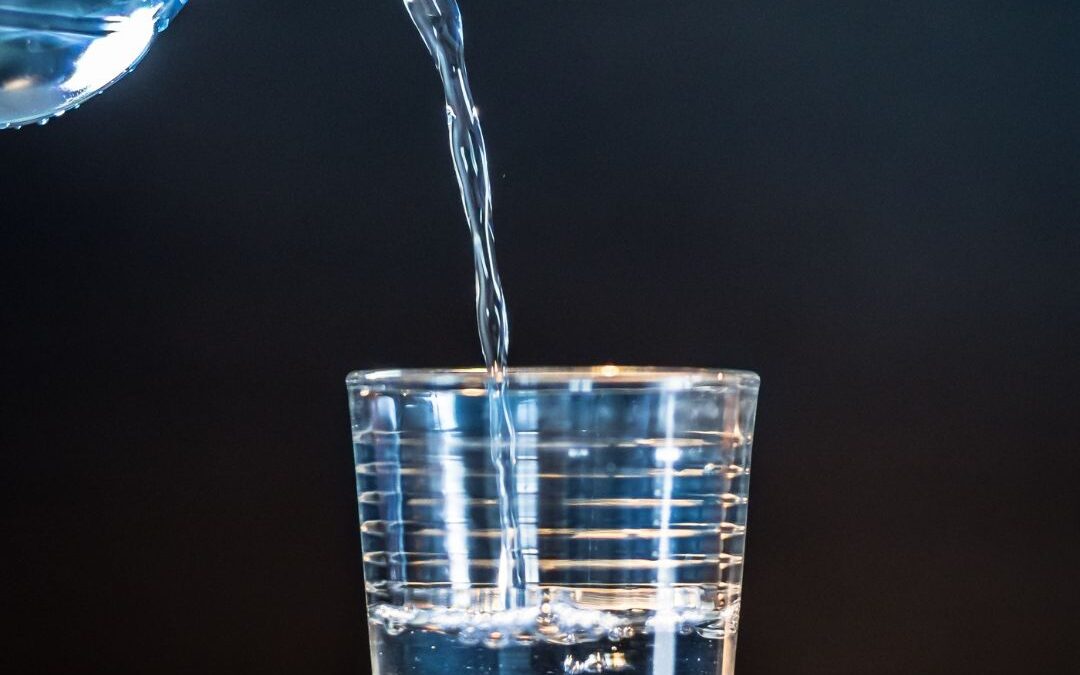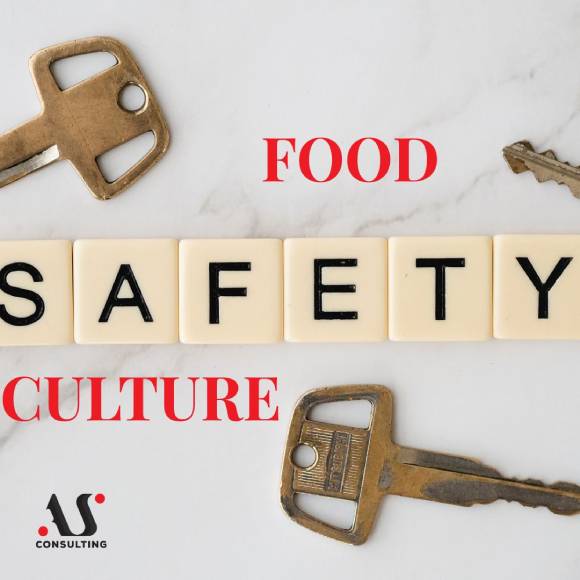
ORGANIC FOOD
February 26, 2023
FSSC22000 STANDARD – MEETING VERSION 6
March 24, 2023WATER
Water is the most abundant substance in nature and necessary for life on Earth. About 70% of the earth’s surface is covered by water, the largest part of which belongs to oceans, seas and glaciers, while a smaller part belongs to rivers and lakes. A large part of the water on Earth is bound in the form of crystals and ore, but this water cannot be used in an optimal way.
Of the above-mentioned water sources, only so-called “fresh” water can be used, i.e. rivers and lakes, as well as underground water. Water from such sources (with the necessary preliminary treatment) is primarily used by humans for drinking, then in industry, agriculture, households, for communal needs, etc.

Properties of chemically pure water
Chemically, water is a consist of of hydrogen and oxygen with 11.9 mass% hydrogen and 88.81 mass% oxygen. Water is the most widespread substance in nature, specific mass 1.0, density 1.0 kg/m3 at + 4˚C, freezes at 0˚C at a pressure of 1 bar, boils at 100˚C and the viscosity of water at 20˚C is adopted by agreement as 1 mPas.

Chemically pure water is an almost ideal insulator of electricity; its specific conductivity is 0.038 x 10 S, which is one of the best indicators of water purity. As far as the physical properties of water are concerned, pure water is a transparent, colorless liquid, tasteless and odorless, with low thermal conductivity, high specific heat and high heat of evaporation, which makes it an excellent medium for heat transfer in liquid or gaseous form. Among the natural ingredients in the water can be found:
• dissolved gases: oxygen, nitrogen, carbon dioxide, ammonia, which reach the water by immediate dissolution during the passage of raindrops or snow through the atmosphere.
• suspended particles: aluminosilicates, plant skeletons, etc. occur in surface waters, where they reach by leaching from the soil or by the erosive action of water in watercourses.
• organic ingredients: organic acids, sugars, humus and peat substances, microorganisms; they can be found in water as a result of microbiological decomposition of plants and animals as well as other metabolic activities.
• dissolved salts: determine water hardness: carbonate hardness (bicarbonates and carbonates of calcium and magnesium) and non-carbonate hardness: sulfates, chlorides, nitrates of calcium and magnesium, as well as salts that do not cause hardness: nitrates, sulfates, sodium chlorides, iron bicarbonate, etc. Most of them get into the water through the direct dissolution of minerals from the Earth’s crust.
Water division
One of the ways in which water can be divided is by the place of occurrence in nature, by the degree of purity and by use.
By place of occurrence in nature (atmospheric water, underground and spring water, surface water (rivers, lakes, seas), crystalline (chemically bound) water;
By degree of purification (raw water (without purification), pure water (mechanically purified), softened water (partially or completely, by chemical processes), distilled water, condensed water (obtained by condensation of water vapor from steam engines), decationized water (water from which all cations, except for hydrogen, have been removed by cation exchangers), deferrized water (water from which dissolved iron has been removed)
By use (water for steam boilers, water for cooling, water for technological processes, water for washing, water for drinking);

Raw water
Raw water is the water that we take from water catchment facilities for supply purposes, and it is never absolutely clean. It always contains, more or less, various substances in a dissolved suspended state, which were introduced from the environment through which it passes (from the surface of the lithosphere, through the hydrographic medium, through the atmosphere).
The type and amount of impurities in raw water depend on natural and anthropogenic factors. Water quality is better if the water management of the relevant source and wider catchment area is better regulated.
Natural waters contain inorganic and organic substances, solid particles and radioactive substances.
Categorization of raw waters
Category I: the cleanest natural waters, springs and upper reaches of rivers, habitats of precious fish; use for the beverage and food industry
II category: quite clean, use for recreational purposes; drinking with purification
III category: heavily polluted, they take on a smell; they can be used directly or with purification for agriculture and industry
Category IV: very polluted water, use only with thorough treatment.
Drinking water
In order for water to be used for drinking, it must meet predetermined standards, i.e. rules that define the permitted content of certain substances in water. In order to meet the standards, natural waters undergo various operations to remove harmful substances from the water. The set of these operations represents the process of preparing drinking water. Some of the procedures for obtaining drinking water are: sedimentation; coagulation and flocculation; filtration; disinfection.
Indicators of drinking water quality
Water quality indicators can be: physical, chemical and sanitary.
According to the “Rulebook on the hygienic suitability of drinking water” which is applied in Serbia, the quality criteria for drinking water are: physical, physico-chemical, chemical and microbiological.
Hygienic drinking water is water that meets the following requirements:
1) microbiological properties
2) chemical substances
3) residues of coagulation and flocculation agents
4) residual disinfectants and disinfection by-products
5) physical, physico-chemical and chemical properties
6) physical, physico-chemical and chemical properties
7) radiological properties
8) physical, physico-chemical and chemical properties
Water in the food industry
In order for the water to be used as an ingredient in the food industry, and/or for cleaning, it must be of drinking water quality according to the applicable legal legislation of the country in which the company is located.
Technical water can be used in certain technological procedures (eg cooling in various technological procedures, steam production, etc.) but it cannot be in contact with the product or be used for cleaning the internal surfaces of buildings. It can only be used in places where it will not contaminate food, even for cleaning outside the facility. What is important for technical water is that it must have a completely separate supply system from the drinking water supply system, so that they do not mix (pipes must be separated and clearly marked).
And what actually is technical water?
Technical water is a broad term, which includes unprocessed river water, well water, spring water and distilled water. This is any fresh water that is not potable. It can be used for washing, watering, various technological processes, but it must not be drunk because it may contain microorganisms.
According to the requirements of GFSI-recognized standards related to water, only water of drinking water quality (according to current legislation) may be used in the food industry.
Does this mean that if we use water from the city water supply, we solve the problem of proving water quality? Unfortunately no. Water from the local municipal water department often does not meet the legal requirements related to the quality of drinking water. Sometimes the quality of raw water is such that it is not possible to bring it to the quality of drinking water. We should also take into account, in many places, the old water supply network , which can be the cause of hazards in the water.
Another case is when companies use water from their own sources, such as well water. Such water must undergo certain treatments in order to reach the quality level of drinking water.
In both cases, in order to meet the requirements of the standard, the company must prove the quality of the water at the point of use (“point of use” or tap point in the company from where the water is used as raw material or for sanitation). The same requirements apply to ice and water vapor used in production.
What is the frequency of drinking water sampling in companies? The frequency is determined by the company based on risk analysis. The rule is to test the water quality at least once a year in an accredited laboratory at all points of use.
What to do in case of findings indicating inadequate water quality? The problem should be investigated by the company: most often the problem is hidden in the water supply network where the pipes have been contaminated locally. After sanitation by the licensed mouths, the water quality should be re-examined and if it corresponds to the drinking water quality, its use can be continued.




